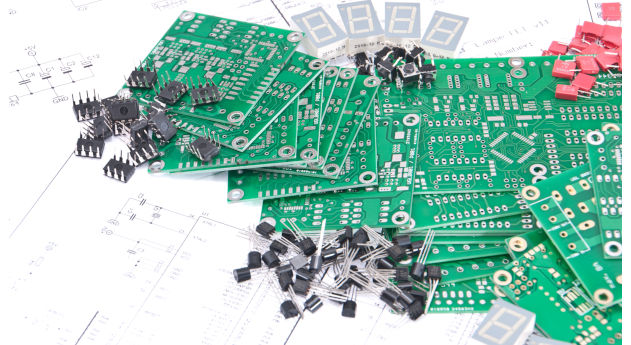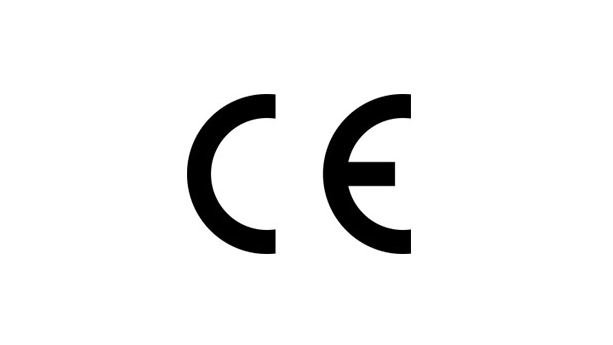The RoHS Directive restricts chemicals and heavy metals in electronic components, solder, and materials (e.g. casing). It applies to electrical and electronic equipment (EEE) imported or manufactured in the European Union.
The requirements of the RoHS directive go beyond substance restrictions. More specifically, the directive also covers CE marking and other labelling requirements, documentation, and lab testing.
Content Overview

FREE CONSULTATION CALL (30 MIN)
 Ask questions about compliance requirements
Ask questions about compliance requirements Countries/markets:
Countries/markets:
 Learn how we can help your business
Learn how we can help your business
You will speak with:Ivan Malloci or John Vinod Khiatani
What is the RoHS Directive?
The RoHS Directive aims to protect human health and the environment from the risks generated by electrical and electronic equipment and waste that might contain dangerous substances.
As such, the directive restricts specific hazardous substances, including flame retardants, heavy metals, or plasticisers, in covered equipment.
How can I get a RoHS certificate?
There is no such thing as a RoHS “certificate”. You should demonstrate RoHS compliance by providing items such as the following:
- Lab test reports
- Declaration of Conformity
- Technical documentation

Product Scope
The RoHS Directive applies to the following categories of electrical and electronic equipment (as listed in Annex I):
- Household appliances
- Electronic toys
- Electronic sports equipment
- Lighting products
- IT and telecommunications equipment
- Electrical and electronic tools
- Medical devices
- Monitoring instruments
- Automatic dispensers
- Other electrical and electronic equipment not covered by the above items
The directive exempts products that concern specific applications, such as:
a. Equipment that is designed for military purposes.
b. Equipment that is designed to be used in space.
c. Large-scale stationary industrial tools.
d. Active implantable medical devices.
e. Equipment specifically designed for research and development and only made available on a business-to-business basis.
You can find more examples of products that are not covered in Annex II of the directive.
Which substances are restricted by the RoHS Directive?
The RoHS Directive sets the maximum concentration values (by weight) for the following substances:
- Lead < 0.1%
- Mercury < 0.1%
- Cadmium < 0.01%
- Hexavalent chromium < 0.1%
- Polybrominated biphenyls (PBB) < 0.1%
- Polybrominated diphenyl ethers (PBDE) < 0.1%
- Bis(2-Ethylhexyl) phthalate (DEHP) < 0.1%
- Benzyl butyl phthalate (BBP) < 0.1%
- Dibutyl phthalate (DBP) < 0.1%
- Diisobutyl phthalate (DIBP) < 0.1%
Exemptions
These restrictions should not apply to situations such as the following:
a. Mercury in single capped (compact) fluorescent lamps not exceeding (per burner) < 30 W.
b. Lead, cadmium, and mercury in detectors for ionizing radiation.
c. Lead, cadmium, and mercury in infra-red light detectors.
d. Lead in solder in portable emergency defibrillators.
Note that you can find other exemptions in Annex II, III, and IV of the directive.
Harmonised Standard: EN IEC 63000
Harmonised standards can be used to ensure compliance with the relevant technical requirements
According to our knowledge, there are two harmonised standards relevant to RoHS. However, EN IEC 63000 is the only harmonised standard that is still active, as the EU has withdrawn EN 50581.
EN IEC 63000 sets guidelines for the technical documentation regarding the evaluation of electrical and electronic products. Manufacturers must put together the required documentation before declaring compliance with the restriction of relevant substances.
General Requirements
The directive mandates importers and manufacturers to ensure that covered electrical and electronic equipment must be designed and manufactured per the requirements established in Article 4.
For instance, electrical and electronic equipment should not contain restricted substances specified in Annex II in concentrations exceeding the maximum allowable value by weight.
Conformity Assessment
The directive requires manufacturers to carry out a conformity assessment per Module A in Annex II of Decision 768/2008/EC, which doesn’t require the involvement of a notified body. Manufacturers must fulfil obligations regarding the following:
- Manufacturing process and monitoring
- Technical documentation
- CE marking
- Declaration of Conformity
We detail the requirement concerning the last three points in the following sections.
Documentation
The directive requires importers and manufacturers to provide and maintain documentation such as a Declaration of Conformity, technical documentation, and test reports to prove the compliance of their products.
Declaration of Conformity (DoC)
Manufacturers should declare their product’s compliance with the directive’s requirements by preparing and issuing a mandatory Declaration of Conformity (DoC) before placing said products onto the EU market.
The RoHS DoC should contain the following information:
a. Unique electrical and electronic equipment identifier.
b. The manufacturer’s name and address.
c. A statement declaring the manufacturer’s responsibility for issuing this DoC.
d. Product traceability information of the electrical and electronic equipment (e.g., product description and photo, when relevant).
e. A statement declaring the electrical and electronic equipment’s compliance with the RoHS’s requirements on substance restriction.
f. A list of relevant harmonized or technical standards (e.g., EN IEC 63000).
g. Place and date of issue.
h. Name and signature of the issuer.
Technical Documentation
The RoHS Directive requires manufacturers to draw up the technical documentation of the electrical and electronic equipment and retain it for ten years after placing the equipment on the EU market.
Manufacturers should include the following in their technical documentation:
- Product description
- Concept design, manufacturing drawings, and schemes
- Description of those designs and drawings
- List of harmonised standards or relevant technical specifications used
- Outcomes of calculations and examinations
- Test reports
You can find more details in Annex II of Decision 768/2008/EC.
Test Report
Importers and manufacturers should have their products tested. If their products pass the testing, they receive a test report proving compliance with the requirements of this directive.
Labelling Requirements
Importers and manufacturers should ensure that their products, the packaging, and any accompanying documents carry proper labels, such as CE markings and product traceability information.
CE Marking

The RoHS Directive requires that electrical and electronic equipment covered by the directive bear a CE marking.
The CE marking must be affixed in a clear, understandable, and permanent manner. Where it is not possible to do so (e.g., because the electrical and electronic equipment’s nature prevents it), the accompanying documents and the packaging must bear it instead.
Product Traceability
Importers and manufacturers must ensure that their products’ labels contain the following information:
a. Type, batch or serial number, or other information showing its identification.
b. Their name, registered trade name, or registered trademark.
c. Address, and contact information.
Lab Testing
Importers and manufacturers must ensure that their products comply with the requirements in the RoHS Directive. In practice, this means they need to have their products tested to prove compliance with relevant substance restrictions.
Test methods
Below, we list a few test methods that might be relevant to the RoHS Directive:
- XRF (X-Ray Fluorescence) screening
- Wet chemical analysis
- Non-destructive analysis
- UV-Vis
Testing companies
Here are a few companies that offer RoHS testing:
RoHS Components
Electronic components and casing materials are often available as both RoHS-compliant components and non-RoHS-compliant components. The former components are deemed to not contain substances above the set limits, whereas the latter category may contain amounts above the set limits.
It’s therefore important to instruct component suppliers to only provide RoHS-compliant components. Further, you should also consider requesting test reports or a bill of substances that support the claim that the components are actually RoHS compliant.
Using non-RoHS-compliant components can be extremely expensive, as it may not be economically viable to dissemble products that contain even a small number of non-RoHS components.






















.png)
.png)
.png)




